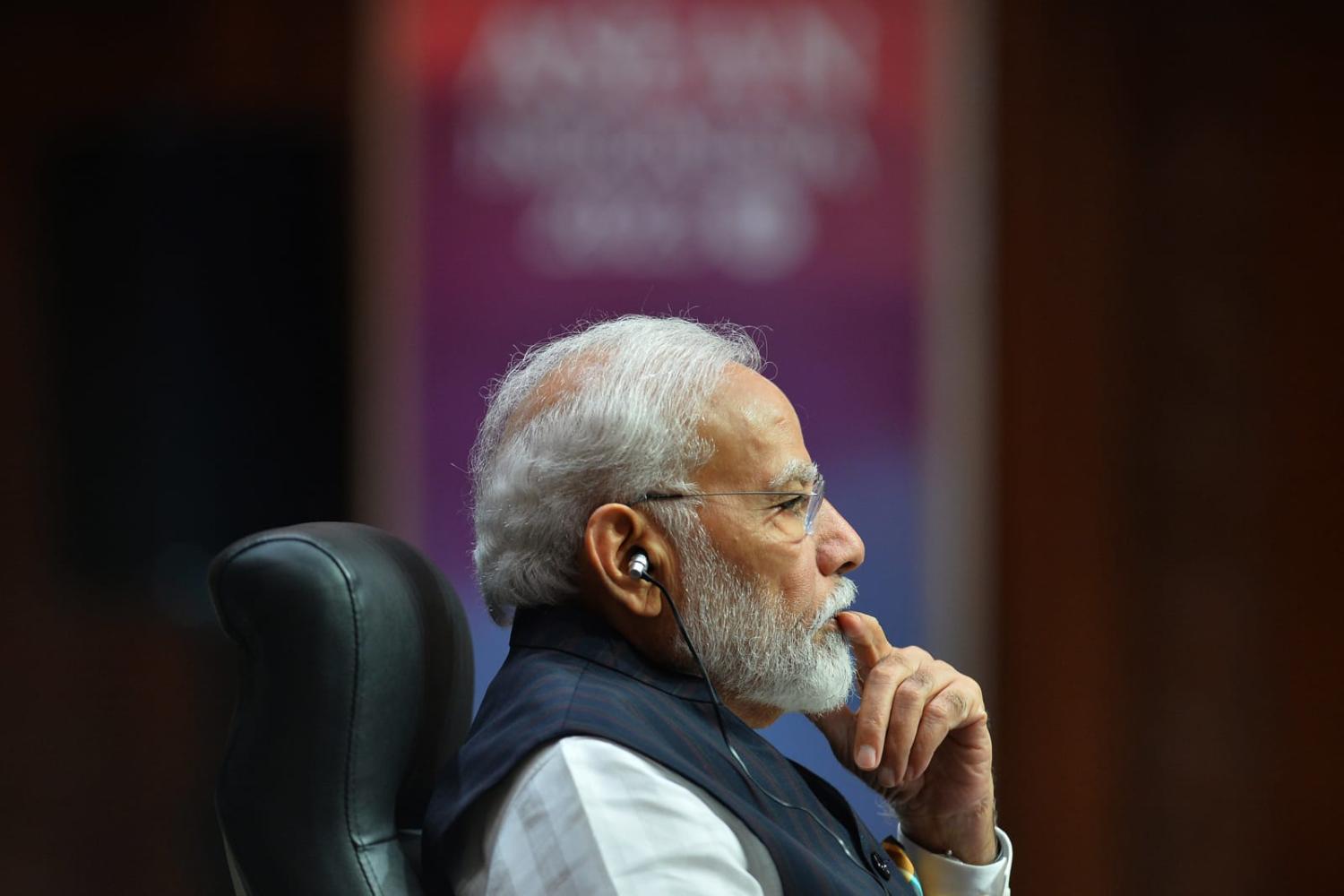India was ranked ninth out of the most relevant dialogue partners for ASEAN in the latest edition of the ISEAS-Yusof Ishak Institute State of Southeast Asia survey report, released this month. This result was ascribed to the “influence of regional dynamics and geopolitical alignments on perceptions of India’s importance within Southeast Asia.” Surprisingly, however, Southeast Asian respondents also considered India among the top “third party” choices to hedge against the uncertainties of the strategic rivalry between the United States and China. This finding offered a rare nod to New Delhi.
The report also revealed that mistrust of New Delhi among Southeast Asians surveyed continues to be strong (44.7%). The report authors note one possible reason for the adverse impression of India is an inability to project capacity or political will for global leadership roles. Although India could offer a better balance of power in the region, respondents appear to believe that India has limited itself to its domestic and sub-continental concerns and has been unwilling to take on a bigger role or responsibility.
As with any survey, the findings need context. Most of the respondents appeared ignorant of India’s expanding security and economic capabilities, exemplified last year as G20 chair by setting itself as a champion of the Global South, which was widely portrayed as India’s “arrival” on the international scene.
One possible explanation for this could be because, aside from Indonesia, Singapore (an invited nation, not a G20 member) and the ASEAN Secretariat, Southeast Asia was largely absent from India’s G20 summit guest list last year. G20 was a platform where India demonstrated its diplomatic and leadership abilities in the context of Global South politics, and Southeast Asia’s absence could be a reason why this doesn’t seem to have permeated to the region. Pragmatically, if summits are meant for optics, New Delhi did a remarkable job. The fact that the G20 New Delhi Leaders' Declaration was achieved despite several opposing stakeholders at the table showcased India’s diplomatic prowess and convening power. In part, this might also be explained by India making a conscious call to pursue a more responsive and indeed perceptive Africa during its time as G20 chair, effectively leaving out Southeast Asia and ASEAN from its Global South mobilisation.
Yet it is ironic and unfortunate that Southeast Asia itself is missing from the larger Global South narrative.
Mostly inward looking in recent years, preoccupied with domestic troubles and an increasingly debilitating narrow-minded focus on outdated ASEAN mechanisms, Southeast Asia has not significantly positioned itself in the Global South – a strategic configuration that is gaining traction in an era of geopolitical uncertainty. This is a missed opportunity. Concerns of the Global South, especially in ensuring food, fuel, and fertilizer supplies along with obtaining adequate climate finance to expedite energy transitions, are all part of both the ASEAN and G20 agenda, and yet, no substantive efforts have been made to align the two institutions. ASEAN could take the lead in initiating a meaningful dialogue. This is important since, except for New Zealand, each of ASEAN’s dialogue partners – Australia, Canada, China, the European Union, India, Japan, South Korea, Russia, the United Kingdom, and the United States – are G20 members.
An overarching issue is whether there is an emerging “leader” of the Global South. There are doubtless pressing issues and urgent priorities for the developing world. And although it makes sense to think that India and China, as the two most populous and biggest economies in the Global South, would fight for “leadership” as part of their wider struggle for influence, it is clear that neither has it all figured out. China battles with an identity crisis, debating whether it truly belongs or wants to be considered “still developing”, whereas India’s appeal doesn’t reach to all quarters, notably Southeast Asia. Moreover, the two seem lost to each other, given China skipped the G20 summit in India.
So why is it important that India’s Global South ambitions turn to Southeast Asia? Such a move would lend more weight to India’s “Vishwabandhu” (friend of the world) pledge and its ambitions for its Global South in the long run. It would also be a more pro-active attempt on New Delhi’s part to engage a lukewarm Southeast Asia for one, offer deeper functional ties and meaningful movement on the Global South front.

